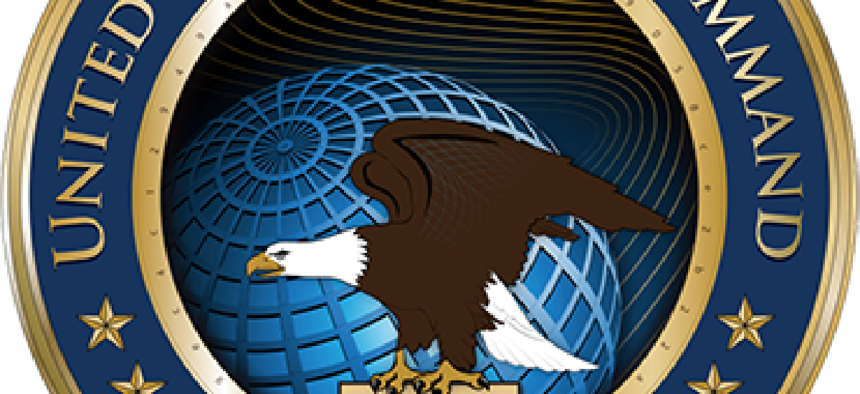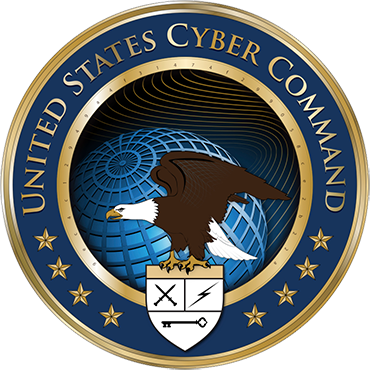NDAA elevates Cyber Command

The final version of the National Defense Authorization Act calls for U.S. Cyber Command to be made a full combatant command, but the NSA/Cyber Command dual-hat leadership will remain, for now.

U.S. Cyber Command is set to become a full combatant command, but the "dual-hat" leadership role will remain in place for now, according to language in the final version of the fiscal 2017 National Defense Authorization Act.
The decision to give Cyber Command equal standing with Central Command, U.S. Africa Command and the other combatant commands has long been anticipated and has been advocated by Pentagon leaders, the White House, and military and intelligence officials.
"With the advice and assistance of the chairman of the Joint Chiefs of Staff, the president, through the secretary of Defense, shall establish under Section 161 of this title a unified combatant command for cyber operations forces," the conference report states. "The principal function of the command is to prepare cyber operations forces to carry out assigned missions."
The report goes on to state that the secretary of Defense may not terminate the dual-hat leadership role of the National Security Agency and Cyber Command until the secretary and the chairman of the Joint Chiefs of Staff certify to Congress that they have completed an assessment to ensure splitting that the leadership "will not pose risks to the military effectiveness of the United States Cyber Command that are unacceptable to the national security interests of the United States."
That assessment is to include "an evaluation of the operational dependence of the United States Cyber Command on the National Security Agency" and "an evaluation of the ability of the United States Cyber Command and the National Security Agency to carry out their respective roles and responsibilities independently."
Other conditions include establishing robust command and control systems for "planning, deconflicting and executing military cyber operations" and ensuring "capabilities have been established to enable intelligence collection and operational preparation of the environment for cyber operations."
Senior defense and intelligence officials have expressed concerns to FCW in the past that NSA and an independent cyber combatant command would be too large a portfolio for one person to manage effectively. However, congressional stalwarts such as Senate Armed Services Committee Chairman John McCain (R-Ariz.) have strongly opposed ending the dual-hat arrangement for the time being.
The current leader of the two agencies, Adm. Michael Rogers, has come under withering criticism in recent months for his leadership at NSA and for meeting with the Trump transition team without notifying the White House. The secretary of Defense and director of national intelligence have called for Rogers to be removed before his term expires in the spring.
The NDAA conference report, which runs more than 3,000 pages, also includes language designed to speed up the Defense Department's acquisition of new technology.
According to the NDAA summary document, the act expands on past acquisition reforms and would:
Require weapon systems to be designed with open architectures for easy upgrades as technology and threats evolve.
Provide flexible funding to experiment with new technology while simplifying the process and expanding the avenues of competition for suppliers of all sizes.
Promote experimentation and prototyping, not only to field capability but to learn and develop new operational concepts.
Another provision would separate research and engineering from acquisition under the office of acquisition, technology and logistics to increase the focus on technology and innovation.
A series of provisions would add incentives for hiring and retaining cybersecurity professionals, including establishing a "rank-in-person" classification for civilian personnel and greater direct-hire authority.
Hiring officials would be granted authorization "to set starting salaries at up to a step-five level with no justification and at up to a step-ten level with justification that meets published guidelines applicable to the excepted service."
The NDAA also states that the secretary of Defense has 180 days to submit a report to Congress "on the military and nonmilitary options available to the United States for deterring and responding to imminent threats in cyberspace and malicious cyber activities carried out against the United States by foreign governments and terrorist organizations."
In another nod to the growing importance of cybersecurity, the NDAA states that the National Defense University's Information Resources Management College shall change its name to the College of Information and Cyberspace.
The $619 billion defense bill must still pass through final votes in the House and Senate in the coming days.


